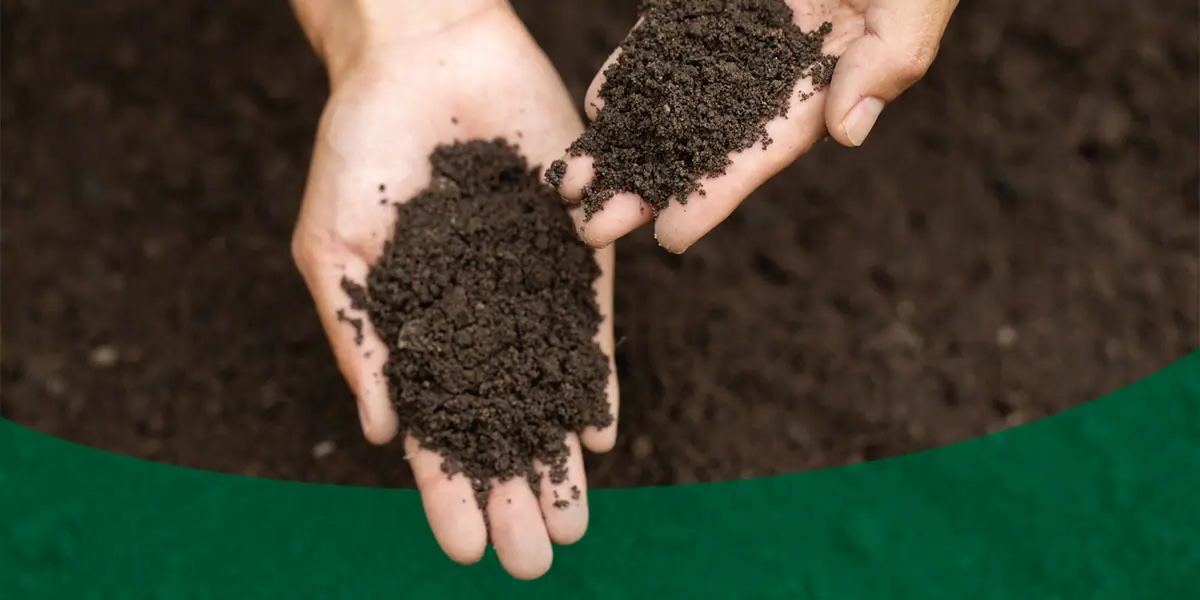
Soil types are more than just dirt under our feet. They play a crucial role in agriculture, construction, and even climate regulation. Did you know there are six main types of soil? Each type has unique characteristics that affect how plants grow, how water drains, and how buildings stand. From sandy soil, which drains quickly but lacks nutrients, to clay soil, which holds water but can become compacted, understanding these differences is essential. Loamy soil is often considered the best for gardening due to its balanced texture and nutrient content. Whether you're a farmer, gardener, or just curious, knowing about soil types can help you make better decisions for your plants and projects.
What is Soil?
Soil is more than just dirt under our feet. It’s a complex mixture of minerals, organic matter, gases, liquids, and countless organisms that together support life on Earth. Let's dig into some fascinating facts about soil types.
Types of Soil
Different soils have unique characteristics that affect how plants grow. Here are some interesting facts about various soil types.
-
Clay Soil: Clay soil is composed of very fine particles. It retains water well but can become compacted, making it hard for roots to grow.
-
Sandy Soil: Sandy soil has larger particles and drains quickly. It’s easy to work with but doesn’t hold nutrients well.
-
Silty Soil: Silty soil feels smooth and holds moisture better than sandy soil. It’s fertile and good for growing crops.
-
Peaty Soil: Peaty soil is rich in organic matter and retains a lot of moisture. It’s acidic and often used to improve other soils.
-
Chalky Soil: Chalky soil is alkaline and can be stony. It drains well but may need extra nutrients for plants to thrive.
-
Loamy Soil: Loamy soil is a balanced mixture of sand, silt, and clay. It’s fertile, drains well, and is ideal for most plants.
Soil Composition
Understanding what soil is made of can help us appreciate its role in the environment.
-
Mineral Content: Soil minerals come from weathered rocks. They provide essential nutrients for plants.
-
Organic Matter: Decomposed plants and animals add organic matter to soil, improving its fertility and structure.
-
Soil Air: Spaces between soil particles hold air, which is crucial for root respiration and microbial activity.
-
Soil Water: Water in soil dissolves nutrients, making them available to plants. It also affects soil temperature and structure.
Soil Formation
Soil formation is a slow process influenced by various factors.
-
Weathering: Rocks break down into smaller particles through weathering, forming the mineral component of soil.
-
Organic Activity: Plants, animals, and microorganisms contribute to soil formation by adding organic matter and breaking down materials.
-
Climate: Temperature and precipitation affect soil formation. Warm, wet climates speed up the process, while cold, dry climates slow it down.
-
Topography: The shape of the land influences soil formation. Steep slopes may have thin soils, while valleys accumulate deeper soils.
-
Time: Soil formation takes thousands to millions of years. Older soils are often more developed and fertile.
Soil and Plants
Soil plays a crucial role in plant growth and health.
-
Nutrient Supply: Soil provides essential nutrients like nitrogen, phosphorus, and potassium that plants need to grow.
-
Root Support: Soil anchors plant roots, providing stability and access to water and nutrients.
-
Water Retention: Soil holds water that plants absorb through their roots. Different soils retain water differently.
-
Microbial Life: Soil is home to countless microorganisms that help decompose organic matter and recycle nutrients.
Soil Conservation
Protecting soil is vital for sustainable agriculture and environmental health.
-
Erosion Control: Planting cover crops and using mulch can reduce soil erosion by protecting the surface from wind and water.
-
Crop Rotation: Rotating crops helps maintain soil fertility and reduce pest and disease problems.
-
Composting: Adding compost to soil improves its structure, fertility, and ability to retain moisture.
-
Reduced Tillage: Minimizing tillage preserves soil structure and reduces erosion and compaction.
-
Terracing: Building terraces on slopes prevents soil erosion and allows for more effective water use.
Fun Soil Facts
Here are some surprising and fun facts about soil that you might not know.
-
Soil Biodiversity: A single teaspoon of soil can contain more microorganisms than there are people on Earth.
-
Soil Layers: Soil is made up of layers called horizons. Each horizon has different characteristics and plays a role in soil health.
Soil Types: The Foundation of Life
Soil types play a crucial role in our ecosystem. From clay to sandy soils, each type has unique properties that affect plant growth, water retention, and nutrient availability. Loamy soil is often considered the best for gardening due to its balanced texture and fertility. Peaty soil is rich in organic matter but can be acidic, while chalky soil is alkaline and drains quickly. Silty soil is smooth and retains moisture well, making it ideal for crops. Understanding these differences helps farmers, gardeners, and environmentalists make informed decisions. Soil health impacts food production, water quality, and even climate change. By knowing the facts about soil types, we can better appreciate their importance and work towards sustainable land management. So next time you dig into your garden, remember the incredible world beneath your feet.
Was this page helpful?
Our commitment to delivering trustworthy and engaging content is at the heart of what we do. Each fact on our site is contributed by real users like you, bringing a wealth of diverse insights and information. To ensure the highest standards of accuracy and reliability, our dedicated editors meticulously review each submission. This process guarantees that the facts we share are not only fascinating but also credible. Trust in our commitment to quality and authenticity as you explore and learn with us.
